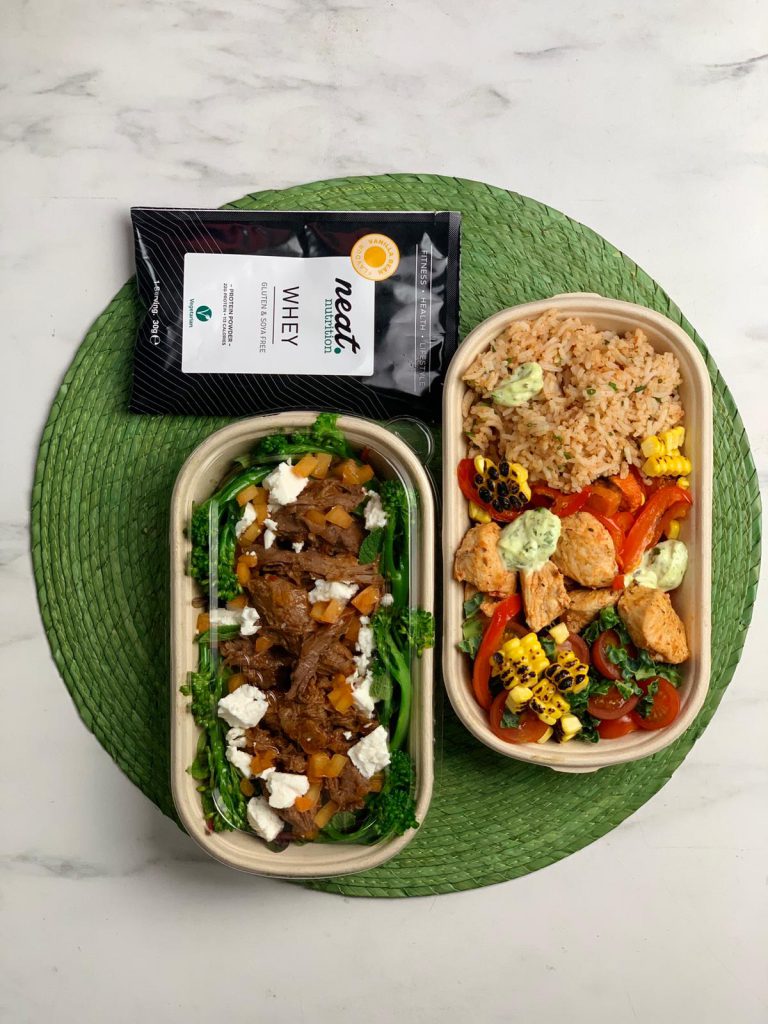


The past of the poached egg is a tricky one to pinpoint, so let’s just assume that history is still trying to ‘crack it’! In many countries and cultures the egg is the symbol of rebirth and new life. In Iran they decorate eggs for New Year. Nowruz and Christians recognise the egg as the symbol for the resurrection of Jesus Christ, thus the annually enjoyed Easter egg! For me, the egg is a friendly ‘Good Morning’ come the weekend.
‘ Chefs have a new opportunity – and perhaps even an obligation – to inform the public about what is good to eat, and why.’ – Rene Redzepi, Noma
The poached egg offers layers, of texture, flavour, colour and nourishment all from a single ingredient. Like anything, it’s brilliant when done well and awful when done poorly. It has no limit to what it can be paired with and offers itself as an excellent vehicle for flavour.
The past of the poached egg is a tricky one to pinpoint, so let’s just assume that history is still trying to ‘crack it’! In many countries and cultures the egg is the symbol of rebirth and new life. In Iran they decorate eggs for New Year.
Nowruz and Christians recognise the egg as the symbol for the resurrection of Jesus Christ, thus the annually enjoyed Easter egg! For me, the egg is a friendly ‘Good Morning’ come the weekend.
Perfect poaching is an art form. Not only this, it requires scientific measurements and temperatures as well as patience, skill and care. This patience, skill and care comes in the form of facts and degrees celsius.
63°C — Egg whites begin to thicken (coagulation begins)
65°C–Egg whites become a tender solid although Ovomucin yolk cords will coagulate much higher. The yolk protein
starts to thicken.
70°C– Egg yolks set.
73°C– Whole egg sets. If eggs are cooked at this temp for too long they will get rubbery as proteins continue to coagulate and “water is pushed out from between protein molecules”.
80C – Ovalbumin begins to set at while Ovotransferrin only begins to set when heated to 60C.
Egg white contains approximately 40 different proteins with Ovalbumin (54%), and Ovotransferrin 12% being the major components.
Egg yolks contain lipoproteins which coagulate at about 70°. If eggs are cooked at 100° for too long they will become rubbery as proteins continue to coagulate and water gets pushed out from between protein molecules. And so just like an over cooked steak – it dries it out!
The most important factor in terms of your actual eggs for poaching are freshness and temperature. The older the egg the more the protein in the egg white have broken down. These proteins are also ‘tighter’ when chilled, so chilled fresh eggs will form best when dropped into your poaching water.
Now to the technique. You want a decent size pot, with good depth, at least 15 – 20 cm’s. Fill it with water and place it on a high heat. For every litre of water I would say throw in approximately 30ml of white wine cooking vinegar plus a generous pinch of salt.
The vinegar helps to congeal the proteins in the egg white and the salt helps to increase the density of the water and the temperature. For temperature the easiest way to ensure you have the optimal ‘simmering’ heat is to bring the water to a rapid boil, then turn down the heat. Do this just enough so the water drops to a simmer and only small bubbles are forming and rising to the top of the water. Now you want to ensure your set up is on point, take a dinner plate and place a paper towel on the top, secondly take a slotted large spoon and a small knife.
Use the slotted spoon to spin the water to form a vortex, then take your fresh chilled egg and crack it. For the rookie poachers you can crack your egg into a small cup or glass and then lower it into the centre of your vortex. For the more confident poacher you can crack it on a flat surface and then let the egg drop gently into the vortex from a small height.
The perfect poached egg should take around 2 minutes exactly. You want to ensure your yolk is still runny and your egg white is cooked through without the rubbery feel.
Then simply use your slotted spoon to take the eggs out of the water and place on the paper towel, followed by cutting away any egg trails that have formed off the egg.
There is something special about the poached egg that defines the weekend mornings. A little more time and head space is on offer to purchase fresh eggs, a decent sourdough loaf and a perfectly ripe avocado. Extracting your carefully formed white orb from the depths of your poaching pot is really rather therapeutic.
If you are heading out, my pick for the best poached eggs in London is the Electric Diner in Notting Hill. They use their steamer oven to poached hundreds at once in their shells and then pop them out in cold vinegar water – genius!
They see me poaching…